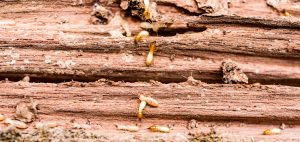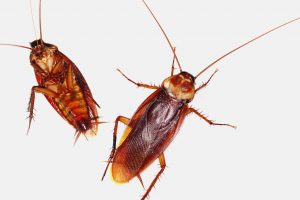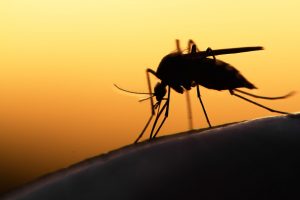
Voles, often known as meadow mice, are tiny creatures resembling common rodents. As prolific pests, these creatures can have up to twelve litters a year. They may damage gardens, flowers, trees, and bushes. Luckily, there are many steps you can take to control these pests and keep them off your property.
Vole Damage
These destructive, furry, and funny-looking creatures can burrow their way into the root systems of plants, trees, and grasses, causing unsightly damage to natural environments and ruining plants. They may also rummage through trash cans and disturb householders in middle of the night.
Voles love to eat stems of flowers, as well as blades of grass, and will forage high and low for appropriate food sources. Although they can find their way into homes, they do not often do so.
Four Steps to Vole Prevention
There are many ways to control voles; however, these four methods are perhaps the most noteworthy, as they are the most effective ways at controlling voles. Feel free to use just one, or all, of the methods listed below.
- Clean. Voles enjoy hiding under dense vegetation and debris, so making sure your lawn or garden is free from these items is important for vole prevention. Rather than treating the problem, prevent voles from entering your property in the first place by properly weeding and maintaining your landscape. This also protects your space from other pests and insects, which can hide underneath these items and attack your plants.
- Trapping. If you are seeking to humanely remove voles from your space, consider vole or animal trapping. Many traps allow you to catch the voles without killing them, after which you can release them back into their natural environment. It should be noted that after removing voles from your area you still need to apply proper prevention techniques to prevent voles from returning.
- Poisons. If voles are becoming a serious problem on your property and you are unable to trap them, you may consider using poisons. However, poisons should be used only in extreme cases, and should be administered by professional pest control services.
- Cats. Having cats on your property may be helpful in reducing the number of rodents, including voles, in your area. Cats are well-known for their ability to catch fast moving objects, and are especially keen on trapping and killing small rodents. This may prove helpful in some situations, especially if the vole population has yet to grow to epidemic proportions.





